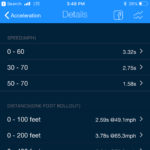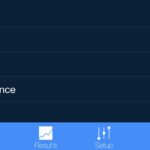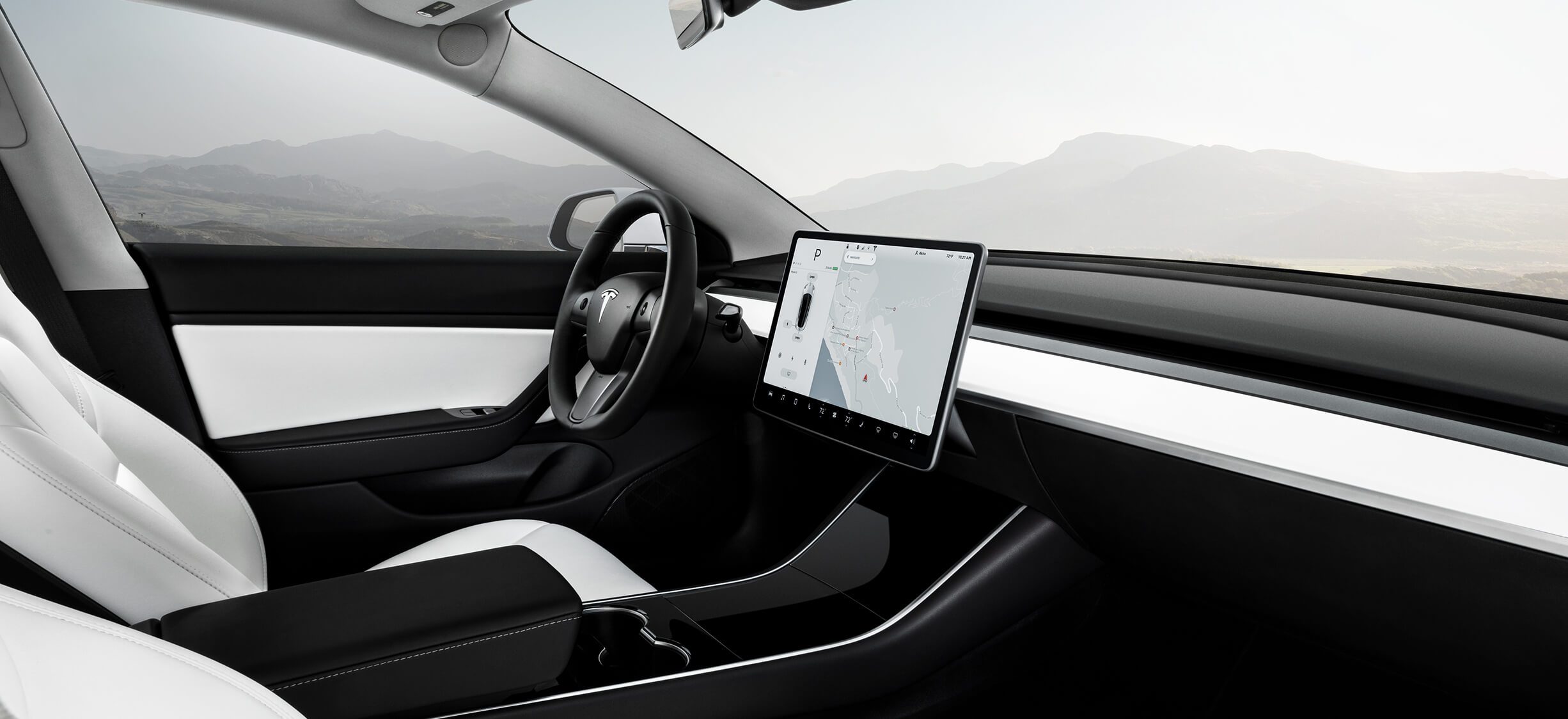
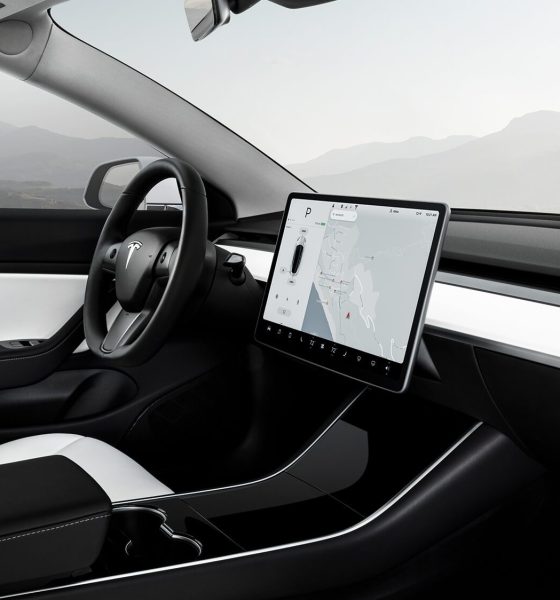
News
First Tesla Model 3 Performance VBOX test yields 0-60 mph in 3.32 seconds
The Tesla Model 3 Performance is intended to be a vehicle that is quick off the line and balanced enough to endure extended track driving.
Videos of the Model 3 Performance doing acceleration runs began to emerge online almost immediately after the company began to offer test drives in select showrooms across the US. A Model 3 Performance test drive unit from Tesla’s Costa Mesa Sales & Delivery Center in Orange County, CA was filmed doing a 0-60 mph run in 4 seconds flat while carrying four adults. More recently, Tesla owner-enthusiast Erik Strait, better known as the host of YouTube’s DÆrik channel, also shared a video showcasing the Model 3 Performance’s 0-60 mph acceleration.
Tesla enthusiast Eli of My Tesla Adventure was able to get behind the wheel of a fully stock Model 3 Performance earlier this week. Eli noted that he was able to use his VBOX, a device that measures a vehicle’s acceleration, speed, and overall stats during a specific run, when he took the Model 3 Performance for a spin. While a video is unavailable as per the electric car owner’s request, the YouTube host was able to share the data gathered by his VBOX in social media. Following are screenshots from the My Tesla Adventure host’s VBOX app on his smartphone.
- Tesla Model 3 Performance 0-60 mph VBOX data. [Credit: My Tesla Adventure/Instagram]
- Tesla Model 3 Performance 0-60 mph VBOX data. [Credit: My Tesla Adventure/Instagram]
- Tesla Model 3 Performance 0-60 mph VBOX data. [Credit: My Tesla Adventure/Instagram]
- Tesla Model 3 Performance 0-60 mph VBOX data. [Credit: My Tesla Adventure/Instagram]
The Model 3 Performance’s VBOX data during a 0-60 mph run. [Credit: My Tesla Adventure/Instagram]
As could be seen in the Model 3 Performance’s VBOX data, the electric car was able to hit the 60 mph mark in 3.32 seconds, the speed mentioned by Elon Musk when he tweeted about the vehicle’s optimum performance. According to Musk, the electric car’s 20″ Performance Wheels and Michelin Pilot Sport 4S summer tires are balanced for speed and range. Musk suggested that thicker and stickier tires at the rear of the Model 3 Performance should help the vehicle lower its 0-60 mph time to 3.3 seconds. If the recent VBOX data is any indication, however, it seems like a 3.3-second 0-60 mph run is already possible even if the vehicle is completely stock.
Tesla tends to underrate its electric cars’ performance figures. When the Long Range RWD Model 3 started making its way to reservation holders, racing enthusiasts such as Brooks of DragTimes were able to get 0-60 times in the 4.5-second range, far quicker than Tesla’s listed 0-60 time of 5.1 seconds for the vehicle. Over the past few months, however, it appears like Tesla has adjusted the Long Range RWD Model 3’s acceleration, with the sedan’s 0-60 mph performance now being more consistent to Tesla’s 5.1-second estimate. In a recent update on the r/TeslaMotors subreddit, Model 3 Dual Motor AWD owner u/Cynapse noted that his electric car showed a 0-60 mph time of 4.33 seconds with 18″ Aero Wheels. Tesla’s specs for the vehicle list a 0-60 mph time of 4.5 seconds.
During Tesla’s Q2 2018 earnings call, Tesla worldwide head of sales Robin Ren stated that orders for the Model 3 Performance and the Dual Motor AWD have been encouraging, and interest for the vehicle even among non-reservation holders remain high. With Tesla now delivering the Model 3 Performance and Dual Motor AWD to customers, it would only be a matter of time before the electric cars are analyzed by VBOX data on the track.
For now, here is a video of a Tesla Model 3 Performance doing a 0-60 mph run on a freeway as measured by Dragy, another performance-measuring device. The electric car, whose battery was at the low 80s during the run, was equipped with Tesla’s stock 18″ wheel package with Aero hubcaps off.

News
Tesla discloses interesting collaboration partner for Supercharging
This BOXABL collaboration would be a great way to add a rest stop to a rural Supercharging location, and could lead to more of these chargers across the U.S.
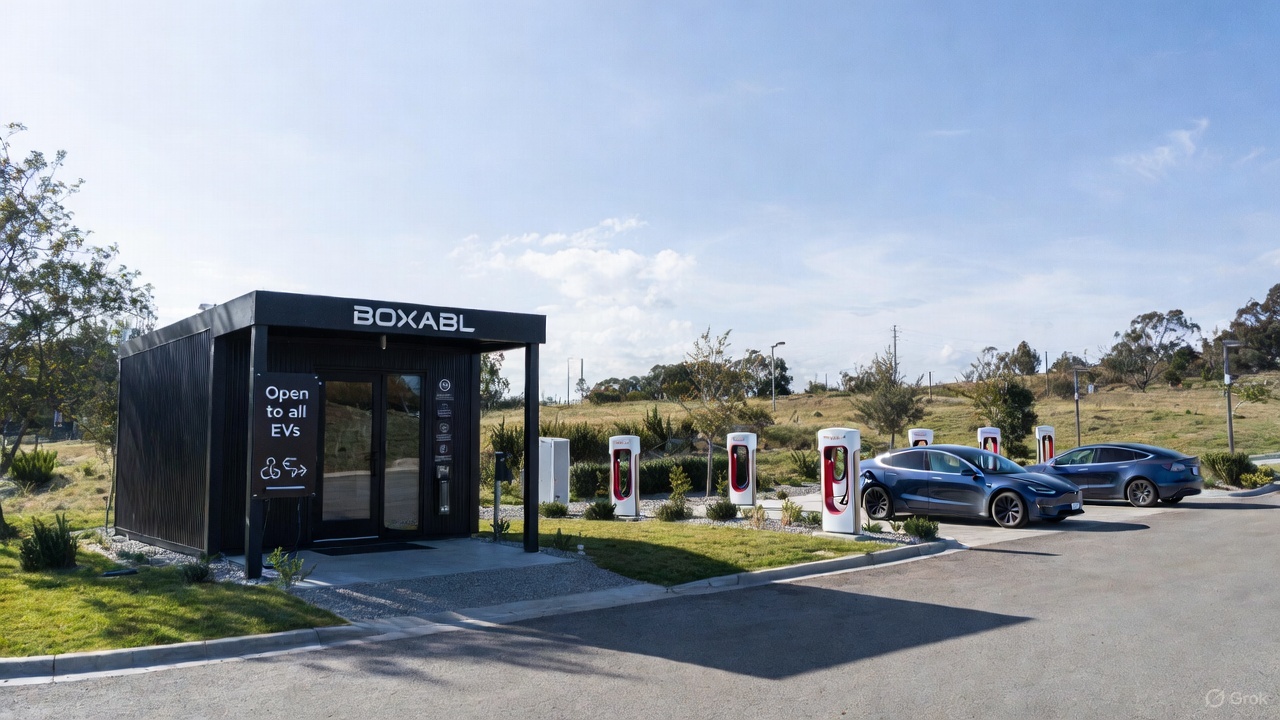
Tesla disclosed an interesting collaboration partner in an SEC filing, which looks like an indication of a potential project at Supercharger sites.
Tesla said on Tuesday in the filing that it was entering an agreement with BOXABL to design and build a Micromenity structure. Simply put, this is a modular building, usually a few hundred square feet in size, and it has been seen at Superchargers in Europe.
In Magnant, France, Tesla opened a small building at a Supercharger that is available to all EV owners. There are snacks and drinks inside, including ice cream, coffee, a gaming console, and restrooms. It gives people an opportunity to get up and out of their cars while charging.
This building was not built by BOXABL, but instead by bk World Lounges. It is likely the final Supercharging stop before people get to Paris, as it is located 250 kilometers, or 155 miles, from the City of Light.
Voir cette publication sur Instagram
Magnant has 56 stalls, so it is a large Supercharging stop compared to most. The building could be a sign of things to come, especially as Tesla has opened up larger Supercharger stations along major roadways.
It is for just a single building, as the Scope of Work within the filing states “a comprehensive package for one Micromenity building.”
NEWS: BOXABL, a company that creates modular, prefabricated buildings, has entered into an agreement with @Tesla.
This is Tesla formally contracting BOXABL to design, engineer, and build a pilot “Micromenity” structure, a compact, modular building unit.
While some info in the… pic.twitter.com/RabJczGpEp
— Sawyer Merritt (@SawyerMerritt) December 9, 2025
Superchargers are commonly located at gas stations, shopping centers, and other major points of interest. However, there are some stops that are isolated from retail or entertainment.
This BOXABL collaboration would be a great way to add a rest stop to a rural Supercharging location, and could lead to more of these chargers across the U.S.
Tesla has done a lot of really great things for Supercharging this year.
Along with widespread expansion, the company launched the “Charging Passport” this week, opened the largest Supercharger in the world in Lost Hills, California, with 168 chargers, opened the Tesla Diner, a drive-in movie restaurant in Los Angeles, and initiated access to the infrastructure to even more automakers.
Elon Musk
Tesla CEO Elon Musk confirms Robotaxi safety monitor removal in Austin: here’s when
Musk has made the claim about removing Safety Monitors from Tesla Robotaxi vehicles in Austin three times this year, once in September, once in October, and once in November.

Tesla CEO Elon Musk confirmed on Tuesday at the xAI Hackathon that the company would be removing Safety Monitors from Robotaxis in Austin in just three weeks.
This would meet Musk’s timeline from earlier this year, as he has said on several occasions that Tesla Robotaxis would have no supervision in Austin by the end of 2025.
On Tuesday, Musk said:
“Unsupervised is pretty much solved at this point. So there will be Tesla Robotaxis operating in Austin with no one in them. Not even anyone in the passenger seat in about three weeks.”
Musk has made the claim about removing Safety Monitors from Tesla Robotaxi vehicles in Austin three times this year, once in September, once in October, and once in November.
In September, he said:
“Should be no safety driver by end of year.”
The safety driver is just there for the first few months to be extra safe.
Should be no safety driver by end of year.
— Elon Musk (@elonmusk) September 4, 2025
On the Q3 Earnings Call in October, he said:
“We are expecting ot have no safety drivers in at least large parts of Austin by the end of this year.”
Finally, in November, he reiterated the timeline in a public statement at the Shareholder Meeting:
“I expect Robotaxis to operate without safety drivers in large parts of Austin this year.”
Currently, Tesla uses Safety Monitors in Austin in the passenger’s seat on local roads. They will sit in the driver’s seat for highway routes. In the Bay Area ride-hailing operation, there is always a Safety Monitor in the driver’s seat.
Three weeks would deliver on the end-of-year promise, cutting it close, beating it by just two days. However, it would be a tremendous leap forward in the Robotaxi program, and would shut the mouths of many skeptics who state the current iteration is no different than having an Uber.
Tesla has also expanded its Robotaxi fleet this year, but the company has not given exact figures. Once it expands its fleet, even more progress will be made in Tesla’s self-driving efforts.
News
SpaceX reportedly mulling IPO, eyeing largest of all time: report
“I do want to try to figure out some way for Tesla shareholders to participate in SpaceX. I’ve been giving a lot of thought to how to give people access to SpaceX stock,” Musk said.
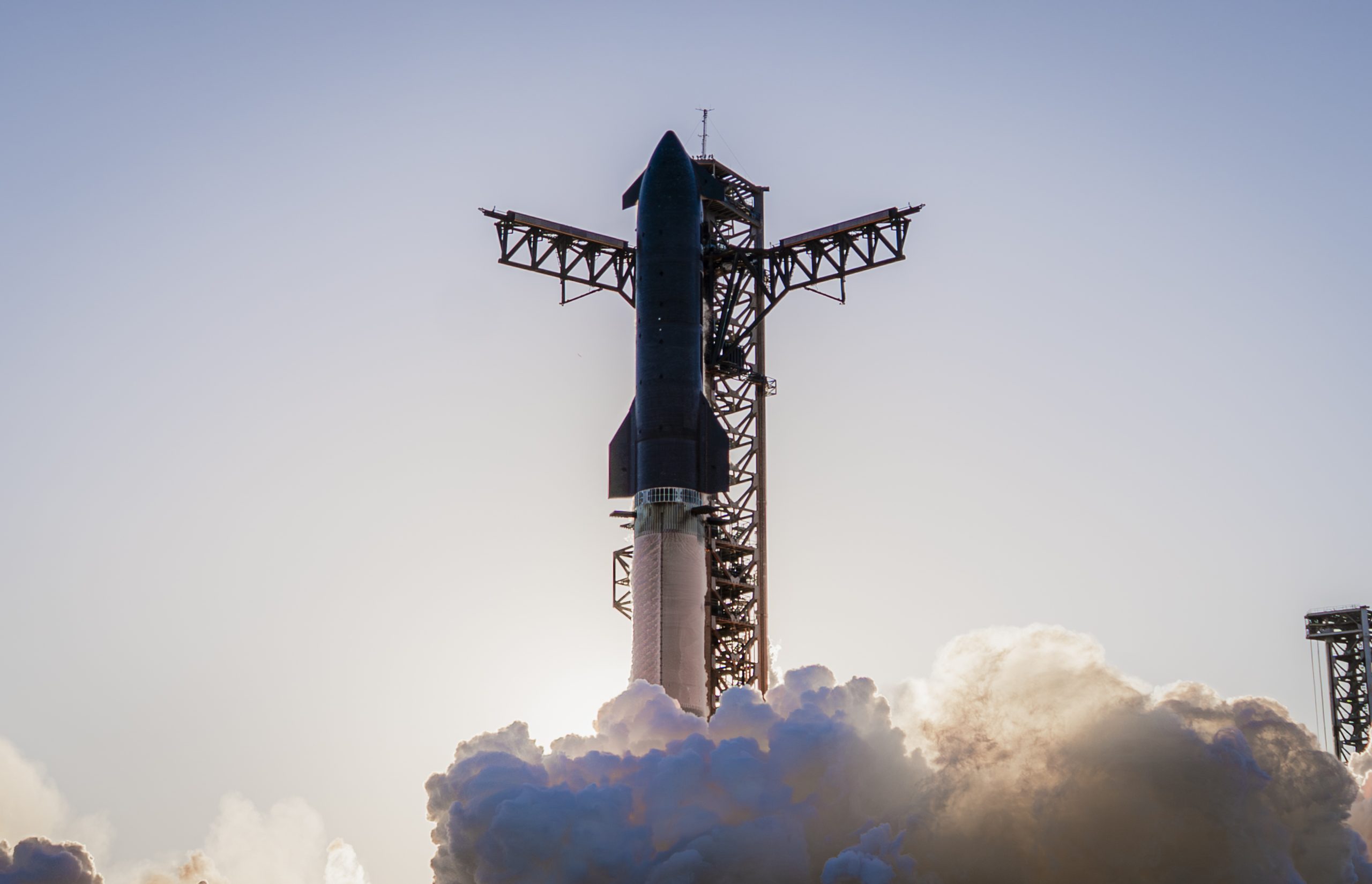
SpaceX is reportedly mulling an initial public offering, eyeing what would be the largest valuation at the time of availability of all time, a new report from Bloomberg said on Tuesday.
It is one of many reports involving one of Elon Musk’s companies and a massive market move, as this is not the first time we have seen reports of an IPO by SpaceX. Musk himself has also dispelled other reports in the past of a similar nature, including an xAI funding round.
SpaceX and Musk have yet to comment on the report. In the past, untrue reports were promptly replied to by the CEO; this has not yet gained any response, which is a good sign in terms of credibility.
However, he said just a few days ago that stories of this nature are inaccurate:
“There has been a lot of press claiming SpaceX is raising money at $800B, which is not accurate. SpaceX has been cash flow positive for many years and does periodic stock buybacks twice a year to provide liquidity for employees and investors. Valuation increments are a function of progress with Starship and Starlink and securing global direct-to-cell spectrum that greatly increases our addressable market. And one other thing that is arguably most significant by far.”
There has been a lot of press claiming @SpaceX is raising money at $800B, which is not accurate.
SpaceX has been cash flow positive for many years and does periodic stock buybacks twice a year to provide liquidity for employees and investors.
Valuation increments are a…
— Elon Musk (@elonmusk) December 6, 2025
Musk has discussed a potential IPO for SpaceX in recent months, as the November 6 shareholder meeting, as he commented on the “downsides” of having a public company, like litigation exposure, quarterly reporting pressures, and other inconveniences.
Nevertheless, Musk has also said he wants there to be a way for Tesla shareholders to get in on the action. At the meeting in early November, he said:
“I do want to try to figure out some way for Tesla shareholders to participate in SpaceX. I’ve been giving a lot of thought to how to give people access to SpaceX stock.”
Additionally, he added:
“Maybe at some point., SpaceX should become a public company despite all the downsides of being public.”
Musk has been historically reluctant to take SpaceX public, at times stating it could become a barrier to colonizing Mars. That does not mean it will not happen.
Bloomberg’s report cites multiple unidentified sources who are familiar with the matter. They indicate to the publication that SpaceX wants to go public in mid-to-late 2026, and it wants to raise $30 billion at a valuation of around $1.5 trillion.
This is not the first time SpaceX has discussed an IPO; we reported on it nine years ago. We hope it is true, as the community has spoken for a long time about having access to SpaceX stock. Legendary investor Ron Baron is one of the lucky few to be a SpaceX investor, and said it, along with Tesla, is a “lifetime investment.”
Tesla bull Ron Baron reveals $100M SpaceX investment, sees 3-5x return on TSLA
The primary driver of SpaceX’s value is Starlink, the company’s satellite internet service. Starlink contributes 60-70 percent of SpaceX’s revenue, meaning it is the primary value engine. Launch services, like Falcon 9 contracts, and the development of Starship, also play supporting roles.

